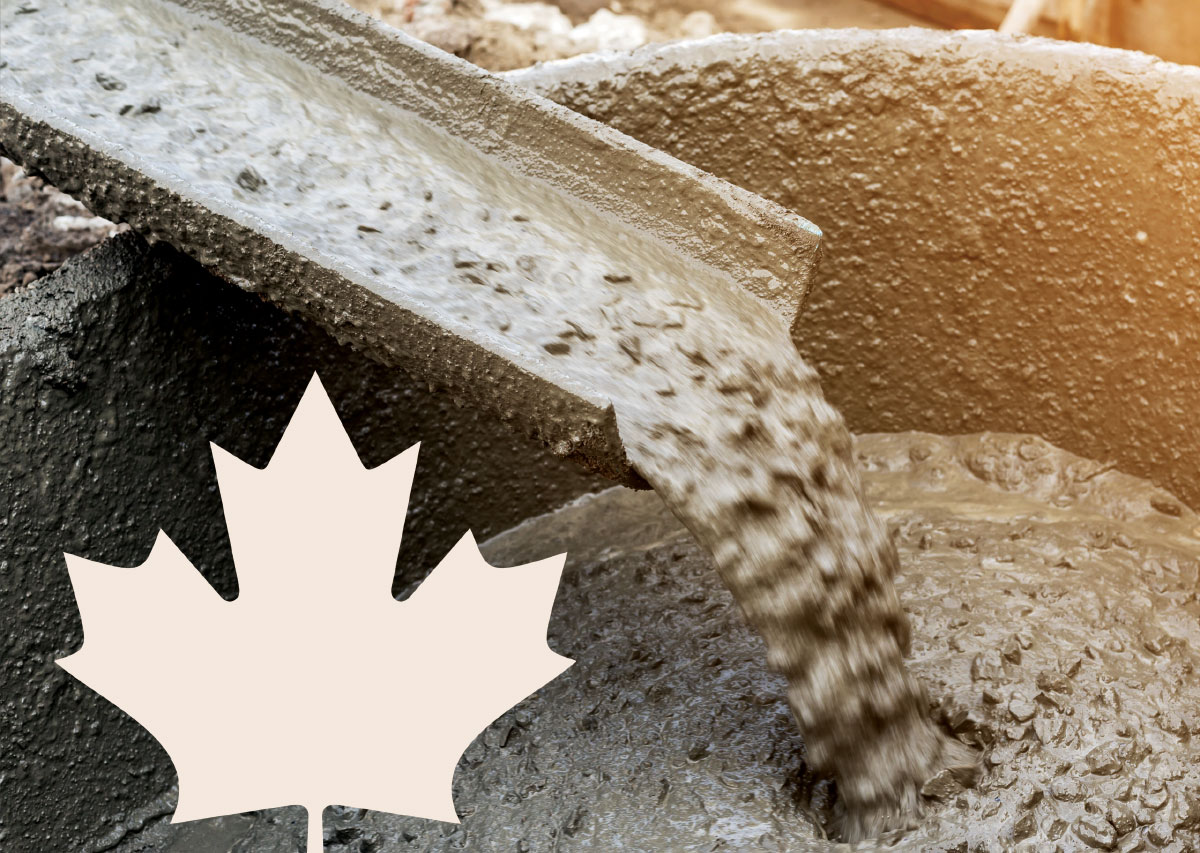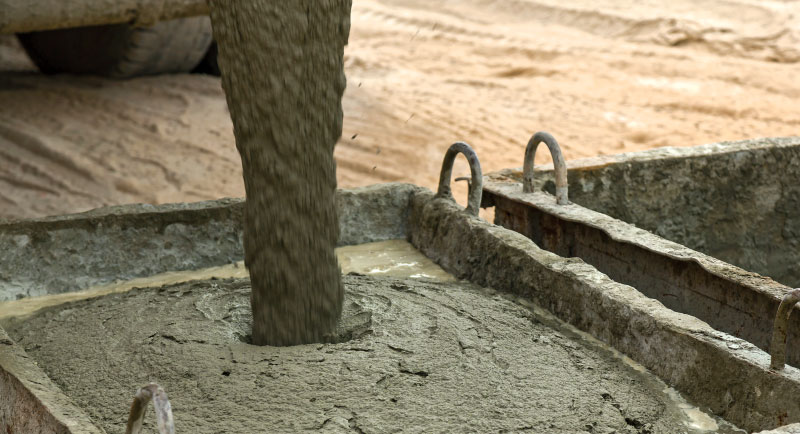
With increasing temperatures, the effects of climate change, global leaders have decided to map out decreasing greenhouse gas (GHG) emissions to as close to zero by 2050. The cement industry is one of the significant contributors to this factor, and concrete is the second most-used product and accounts for approximately seven per cent of GHG emissions worldwide. In Canada, concrete use is expected to increase in the coming years due to population growth, urbanization and economic development. Among global industrial emissions, cement accounted for about 26 per cent in 2019, with emissions coming primarily from cement manufacturing’s chemical process reactions.
The federal government and the Cement Association of Canada (CAC) have outlined a plan to decarbonize the use of current concrete products by 2050. Also, the Global Cement and Concrete Association has targeted to deliver carbon-neutral concrete by 2050. The goal is to align current market practices, innovation, action plans and proper collaboration.
CAC’s “Concrete Zero,” an action plan for Canada’s cement and concrete industry, was written in collaboration with industry organizations, the CAC and the Government of Canada. Through this partnership, Canada’s cement and concrete industry has committed to cutting more than 40 per cent GHG emissions by 2030. Also, the CAC and the Government of Canada developed an action plan to support market conditions needed for the decarbonization process, development of new technologies and low-carbon cement/concrete products export.
“Concrete Zero tells the journey we have been on as an industry. It outlines our progress and shows that higher emissions reductions are possible. Our action plan lays the foundation for what we will do next and our role in delivering leading solutions to climate change,” said CAC’S board chair David Redfern.
The cement industry has invested in improving current product methodologies, decreasing the use of raw materials resulting in CO2 emissions using alternative cement substitutes such as supplementary cementitious materials, alternative fuels and waste products as raw materials. The CAC has started to focus on optimizing clinker substitutes, a major component of the cement cycle for GHG emissions, reducing reliance on fossil fuels, increasing the use of recycled materials and promoting markets and technologies. The plan focuses on the entire value chain of the concrete industry, starting at the cement plant and extending to the final product and construction of the concrete structure. The CAC and the Government of Canada encourage using clean electricity and energy-efficient technologies and support current industry organizations.
From cement plants to finished products, it is also important to consider solutions to decarbonize concrete production, transportation and optimization in the design and construction. Concrete is manufactured through low-carbon intensity concrete products using Portland limestone cement or blended cement with fly ash. The action plan can be achieved through proper and efficient design of concrete components. On the jobsite, management of concrete should be focused on waste reduction. These goals are achieved through modern concrete construction technologies, 3D printing and optimization of concrete strength. The research institute and the federal government are also adopting and updating codes and standards to be climate-resilient and performance-based standards. Once the regulatory industry uses the newly updated design standards, it will raise and set minimum standards for considering low-carbon design approaches in the entire civil infrastructure industry. In the future, significant research and development is necessary to support emerging practices and technologies.

“Our Net-Zero Action Plan is ambitious and cannot be achieved by industry action alone. Working with government (and) industry partners in the design, architecture and construction industry will be essential for success.”
– Adam Auer, Cement Association of Canada
The CAC also faces many challenges and barriers to promoting the action plan with high costs, risk innovation and technologies, current practices, lack of supportive policies and regulations, politics in overall project cost, consumer awareness/demand and limited access to alternative materials and technologies. The plan is only achievable by collaborating with industry, partners, consumers and organizations.
“Our net-zero action plan is ambitious and cannot be achieved by industry action alone. Working with government (and) industry partners, in the design, architecture and construction industry will be essential for success. Canada’s cement and concrete industry is committed to doing its part to help Canada build a better, cleaner future. Working together, we can deliver concrete zero,” said Adam Auer, CAC’s president and CEO.
The Government of Canada has a range of programs and policies lined up to support Canadian clean technology companies and advise them to build action plans for each industry. Canada has the enabling tools and conditions to lead the initiative and become a world-leading producer of low-carbon cement and concrete products. With these tools, the country can deliver a clean environment, healthy structure and sustainable infrastructure to its citizens in the coming years.